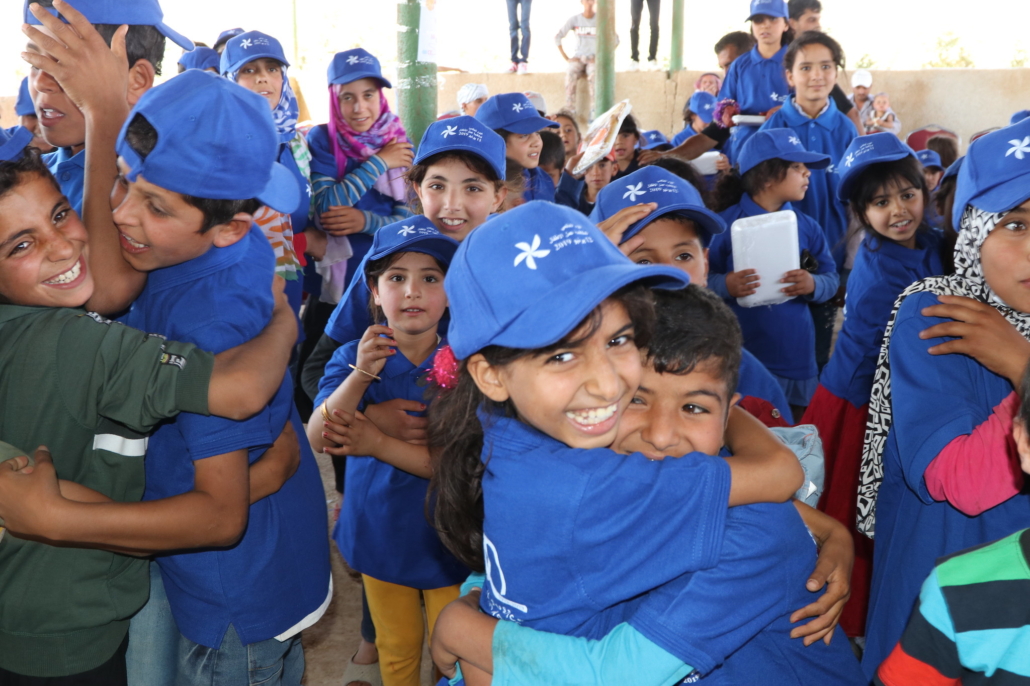Education and Poverty in Jordan

It is well-known that investing in children through education can drastically alleviate poverty in the long term. The Global Partnership for Education (GPE), for example, found that if all children left school with basic reading skills, 171 million people could be lifted out of extreme poverty. It also reported that “for each $1 invested in an additional year of schooling, earnings increase by $5 in low-income countries.”
A worthy investment, this is a core reason the United Nations International Children’s Emergency Fund (UNICEF) has advocated for the education of more than 600 million children worldwide who have not had access to basic education. In Jordan, the Government and UNICEF Jordan are working to reduce the impact of poverty on children’s access to education.
Education and Poverty Levels in Jordan
Quality of education and poverty in Jordan, like many other countries, go hand in hand. Currently, 97% of children are in school in Jordan. However, inequality within the education system means that children have different experiences with respect to the quality of education, and this is primarily due to differences in socioeconomic background. Out of Jordan’s 3.16 million children, one-fifth live in poverty. Children who are in poverty have disabilities or suffer child labor and are at much greater risk of lacking access to education.
The pandemic has also made matters worse. The 2022 UNICEF report revealed that already vulnerable households are more likely to send their children to work to reduce the economic hardship that COVID-19 brought on. As a result of reduced in-person learning, fewer children have had the time and resources to engage in education. Overall, these trends suggest that education and poverty in Jordan have clear links.
Addressing the Relationship Between Poverty and Education
With the pandemic and the knowledge that education is vital in the alleviation and long-term reduction of poverty, both the government and NGOs have taken several initiatives to address this problem. Primarily, the Government of Jordan has been working with UNICEF to make education both more accessible and inclusive and to ensure better quality education to increase the future prospects of children.
The government also released its Education Strategic Plan for 2018-2022 (ESP). It outlines its Priority Domains which include Early Childhood Education and Development, Access and Equity, System Strengthening, Quality and Human Resources and Vocational Education. It outlines the situation of poverty a lot of children are facing and how this impacts their education. Its ESP takes into account that many children do not have access to education due to poverty and integrates initiatives aimed at tackling poverty into the Plan. For example, it affirms the School Feeding Program that has been ongoing since 1999 in its importance in providing a daily meal for children in underserved areas. The Plan ultimately aims to support children and ensure that they have access to education.
Making Progress
The government also supports UNICEF’S Non-Formal Education initiative and delivers education to those aged 9-20 that do not have access to formal education. Part of this initiative includes the Catch Up program that targets 9-12-year-olds that have missed three or more years of school or have never attended school. Since 2016, almost 5,000 children have taken part in the program and 1,700 children have reintegrated into formal education as a result.
UNICEF is also working with the Government of Jordan to build inclusive education by training 1,600 Education Ministry teachers. This initiative aims to make education services inside public schools more accessible and inclusive. The organization is also supporting the enrolment of 4,000 children with disabilities.
Looking Forward
Efforts to address the relationship between poverty and education in Jordan are showing progress. The government, along with UNICEF, has implemented various initiatives to make education more accessible, inclusive and of better quality. These include non-formal education programs, training for teachers, and support for children with disabilities. By prioritizing education and tackling poverty, Jordan is taking positive steps toward providing a brighter future for its children and breaking the cycle of poverty.
– Rosie Lyons
Photo: Flickr
